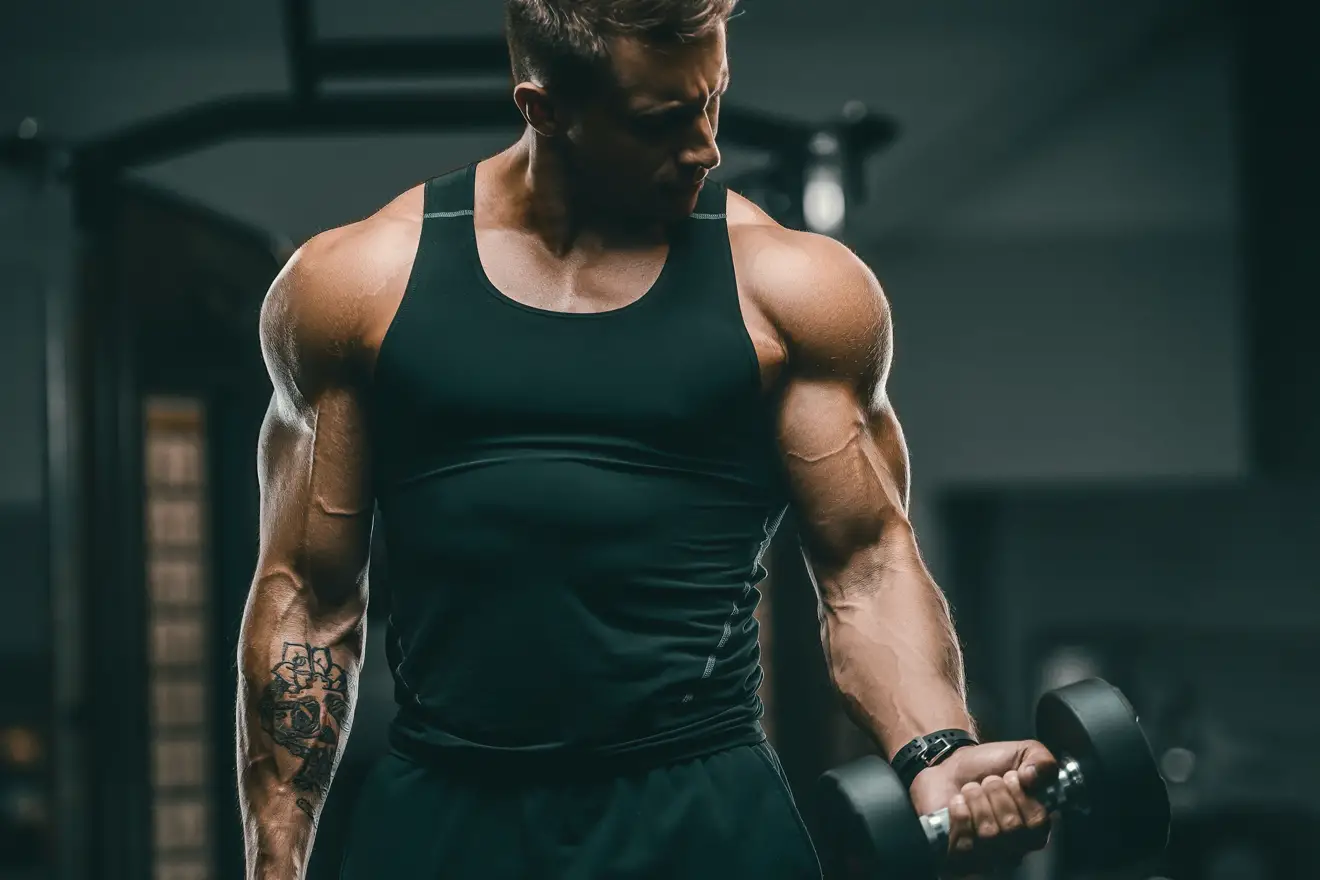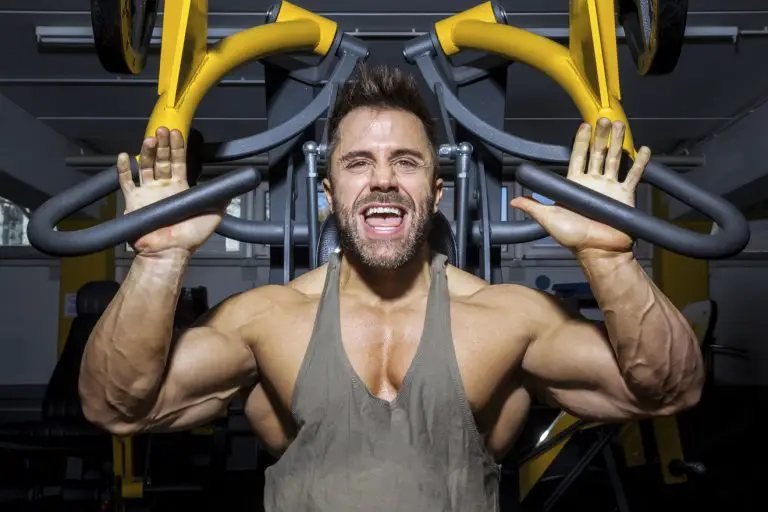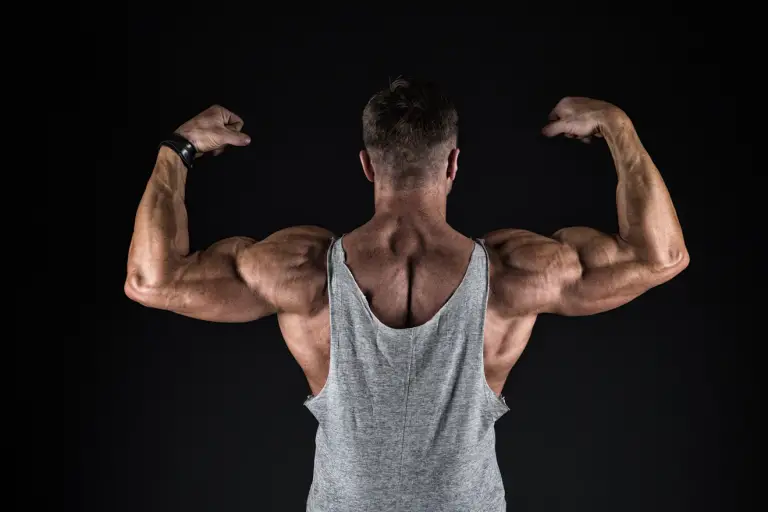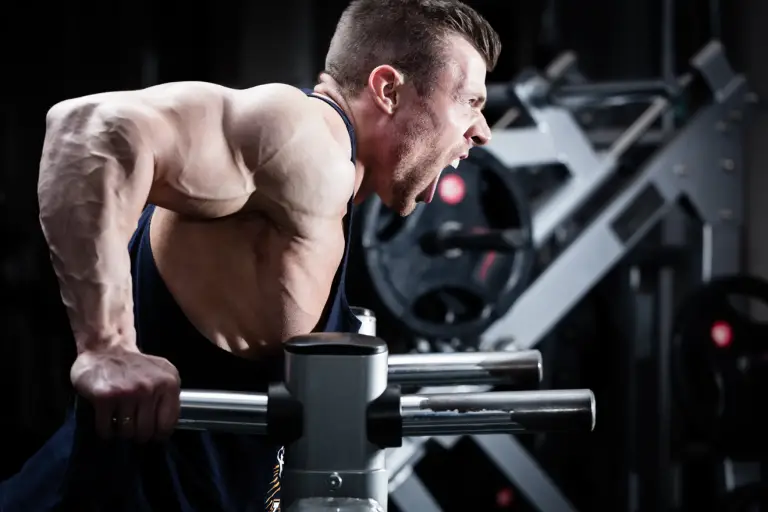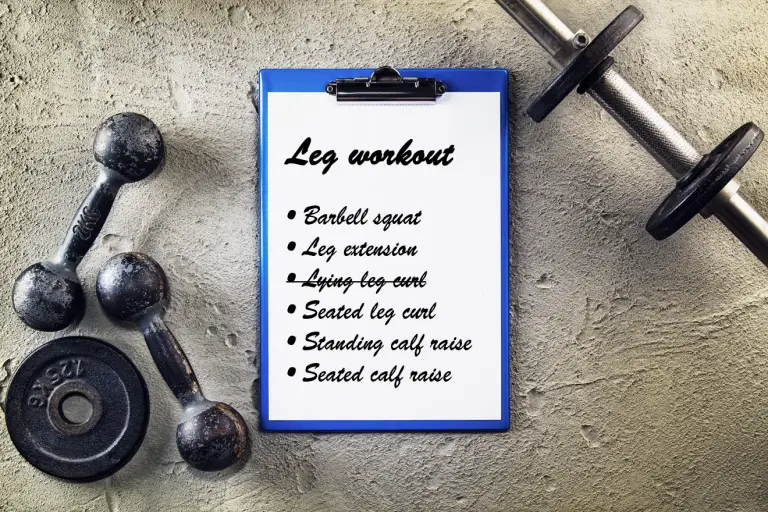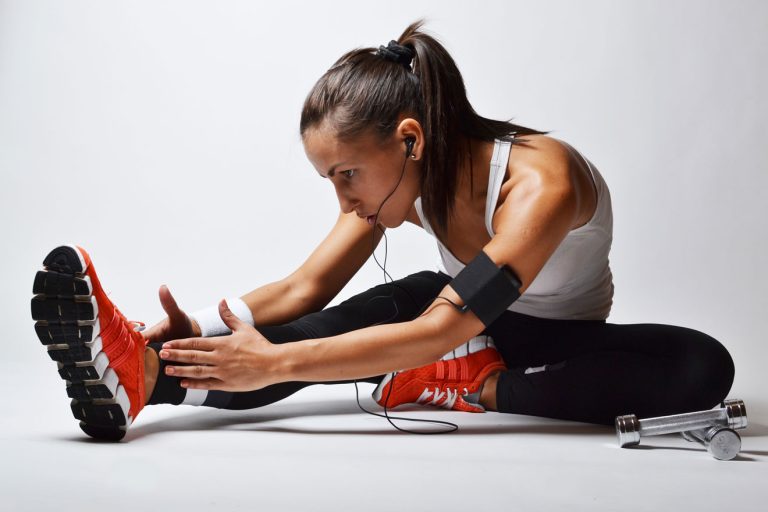How to best train your biceps for muscle growth
The biceps brachii muscle (hereafter ‘biceps’ for simplicity) is one of the most desirable muscles to build. After all, many people still consider a biceps flex to be representative of how strong a person is.
This desire to grow respectable biceps can often be met with frustration, however, as the upper arms can be one of the most stubborn and difficult areas to put on muscle mass.
Fortunately, this article is designed to teach you how to best train your biceps for muscle growth. You will also learn about the anatomy of your biceps, how to emphasize each head of your biceps, and the importance of ensuring that there is balance between your elbow flexors and elbow extensors.
Basic anatomy and functions of the biceps
The biceps muscle is an elbow flexor, along with the brachialis and brachioradialis. Each biceps is made up of two separate muscle heads, which are usually indistinguishable from the outside: a long (outer) head and a short (inner) head (Figure 1). The long head is located on the outside of the arm, while the short head is located on the inside of the arm.
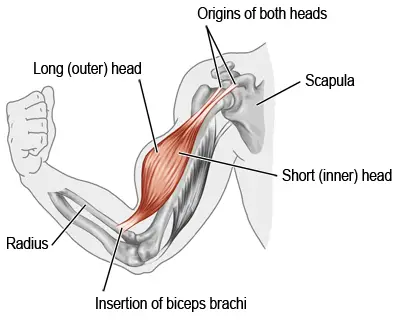
These two heads, which are made up of mostly type II (fast-twitch) muscle fibers, originate from different points on the scapula (shoulder blade), combine together, and attach at a single insertion point on the radius (one of the forearm bones). Working together, the two heads perform the two main functions of the biceps:
- Flexing the elbow (as in a dumbbell curl)
- Supinating the forearm (turning the palm to face upward, as in the lying dumbbell supination)
The short head can also weakly flex the shoulder (raise the arm forward and upward), given that it crosses the shoulder joint.
Training considerations to maximize biceps growth
1. Choosing the best biceps exercises
In line with their anatomy and functions, the biceps are best trained through exercises that involve both elbow flexion and supination. This includes many biceps curl exercises in which the palms face upward, such as the dumbbell curl, EZ bar curl, and barbell drag curl.
If the elbows are held in front of the body or held out to the sides, such as in the dumbbell preacher curl or one-arm overhead cable curl, the brachialis becomes the target muscle instead of the biceps. If the forearms are not supinated, such as in the dumbbell hammer curl and dumbbell reverse curl, the brachioradialis becomes the target muscle.
To learn more about the differential activation of the elbow flexors, please see Elbow-flexion exercises, in the Muscle Activation Guide.
2. Doing the right number of reps and sets
Volume is a critical factor in muscle growth. If you don’t perform enough sets and repetitions during your workouts, your muscles will not have enough stimulus to grow. Similarly, too much volume can also have negative effects on muscle growth.
Since the biceps are mostly made up of fast-twitch muscle fibers, using heavier weights and performing moderate amounts of repetitions will be the most efficient way to train them. Generally, this means you should:
- Do 3 to 6 sets per exercise
- Do 6 to 12 repetitions per set
- Use a weight equal to 67–85% of your 1RM (one-rep max)
The total number of exercises, sets, and reps you should be doing for the biceps every week is dependent on your personal experience and goals, and will be reflected in your training program. To get an idea of the total volume required at different levels of experience and to achieve different types of goals (for example, strength or size), use our weight training programs as a reference.
3. Following the right training tempo
When performing any biceps curl exercise, focus on using a 2:2:3 training tempo. This means taking two seconds to raise the weight up (concentric movement), pausing at the top of the curl for two seconds, and then slowly lowering the weight back down over three seconds (eccentric movement).
This tempo will ensure that your biceps receive as much stimulus as possible from every repetition.
4. Using the full range of motion
All biceps exercises should be done with a full range of motion (ROM). This means squeezing the biceps at the top of a biceps curl and fully but gently straightening the elbows at the bottom.
Many lifters are tempted to cut their range of motion short because it is easier for them to lift more weight and do more reps. Unfortunately, doing so results in their missing out on the all-important muscle-growth benefits associated with fully stretching a muscle under load.
5. Resting the right amount of time between sets
To maximize your muscle growth results, you must give your biceps enough time to recover between sets. This means a minimum of 30 seconds and a maximum of 90 seconds spent recovering after each set.
Since the biceps are mostly made up of fast-twitch muscle fibers that quickly fatigue, they may require the maximum amount of time to recover between sets. Therefore, sticking to the upper end of the 30- to 90-second recovery range might be necessary.
Can you emphasize the different heads of the biceps?
Since both the long and short heads of the biceps originate from different points on the scapula (shoulder blade), it’s possible to stretch one head more than the other one by manipulating the orientation of the shoulder and the position of the elbow. Consequently, whichever head is stretched the most in an exercise is usually the one being trained the hardest.
How to emphasize the biceps long head
The long head of the biceps is emphasized by placing the shoulder into internal rotation (turning the arm toward the body) and keeping the elbows close to the body. Therefore, the exercises that best emphasize the long head over the short head include:
How to emphasize the biceps short head
The short head of the biceps is emphasized by placing the shoulder into external rotation (turning the arm away from the body) and flaring or raising the elbows out to the sides. Therefore, the exercises that best emphasize the short head over the long head include:
The effectiveness of emphasizing each biceps head
Because both heads of the biceps work together very closely, it is impossible to significantly challenge one more than the other. Therefore, trying to train each head individually likely isn’t worth your time and effort unless you’re a competitive bodybuilder focused on sculpting every inch of your physique.
The importance of balance between the biceps and triceps
Many gentlemen in the gym focus way too much on their biceps. They forget that the biceps don’t make up the entirety of their upper arms. In fact, the biceps are substantially smaller than the other major muscle of the upper arm: the triceps brachii.
Accordingly, you should dedicate as much time to training your triceps as you do to training your biceps. Not only is this for the overall size and symmetry of your arms, but also for avoiding strength imbalances.
Remember that the biceps is one of three muscles that helps to flex the elbow, along with the brachialis and brachioradialis. The elbow flexors and the elbow extensors (triceps brachii and anconeus) should be of equal strength. This is the natural balance between these two sets of muscles. If one set is much stronger than the other set is, your elbow joints will be out of whack, and you might experience joint-related issues and injuries.
Build great biceps and triceps with our balanced training programs
If you follow the advice in this article, you should experience a marked improvement in biceps growth (provided you also eat right). You will also promote symmetry and balance in your arms. Of course, all the principles outlined above have been written into our weight training programs. Please feel free to try them, and keep us updated about your results.

